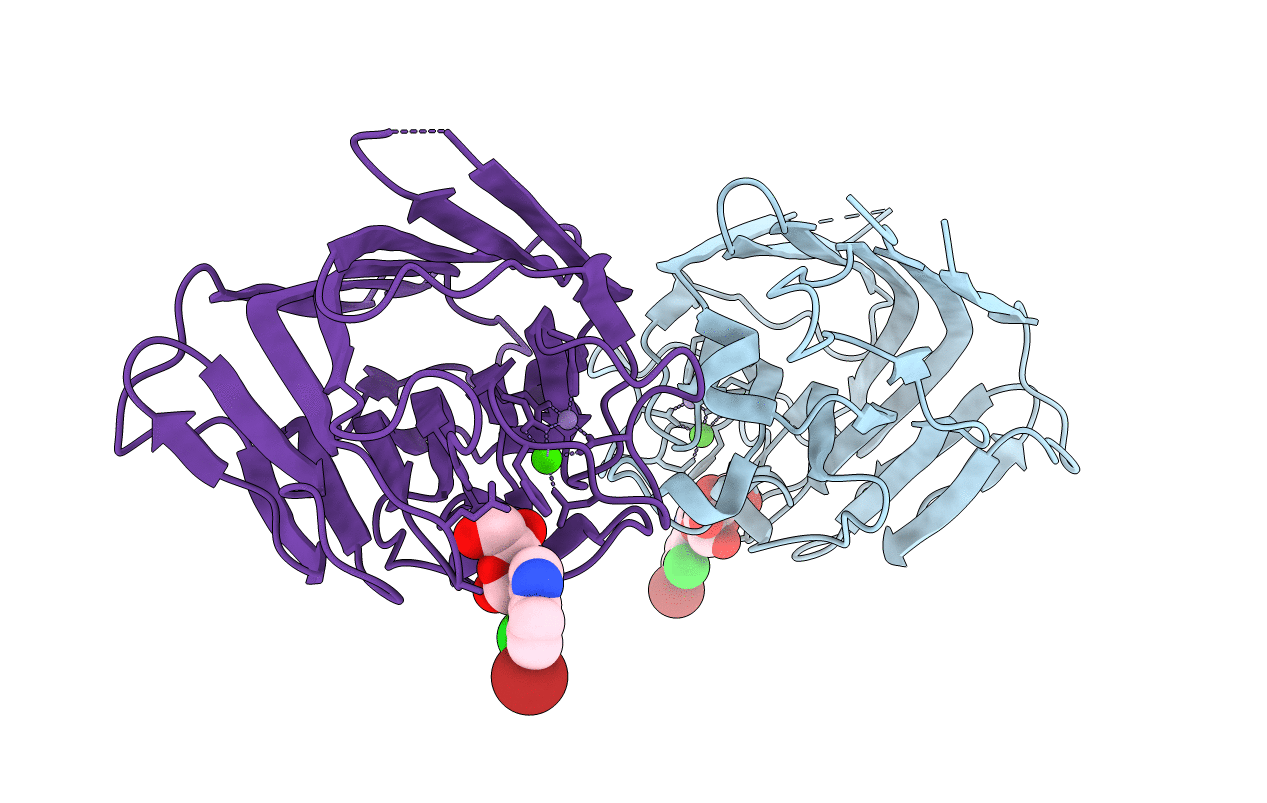
Deposition Date
2016-09-05
Release Date
2017-08-09
Last Version Date
2023-10-04
Entry Detail
PDB ID:
5T7P
Keywords:
Title:
Crystal structure of Pisum arvense lectin (PAL) complexed with X-Man
Biological Source:
Source Organism:
Pisum sativum (Taxon ID: 3888)
Method Details:
Experimental Method:
Resolution:
2.16 Å
R-Value Free:
0.22
R-Value Work:
0.17
R-Value Observed:
0.17
Space Group:
P 1 21 1


